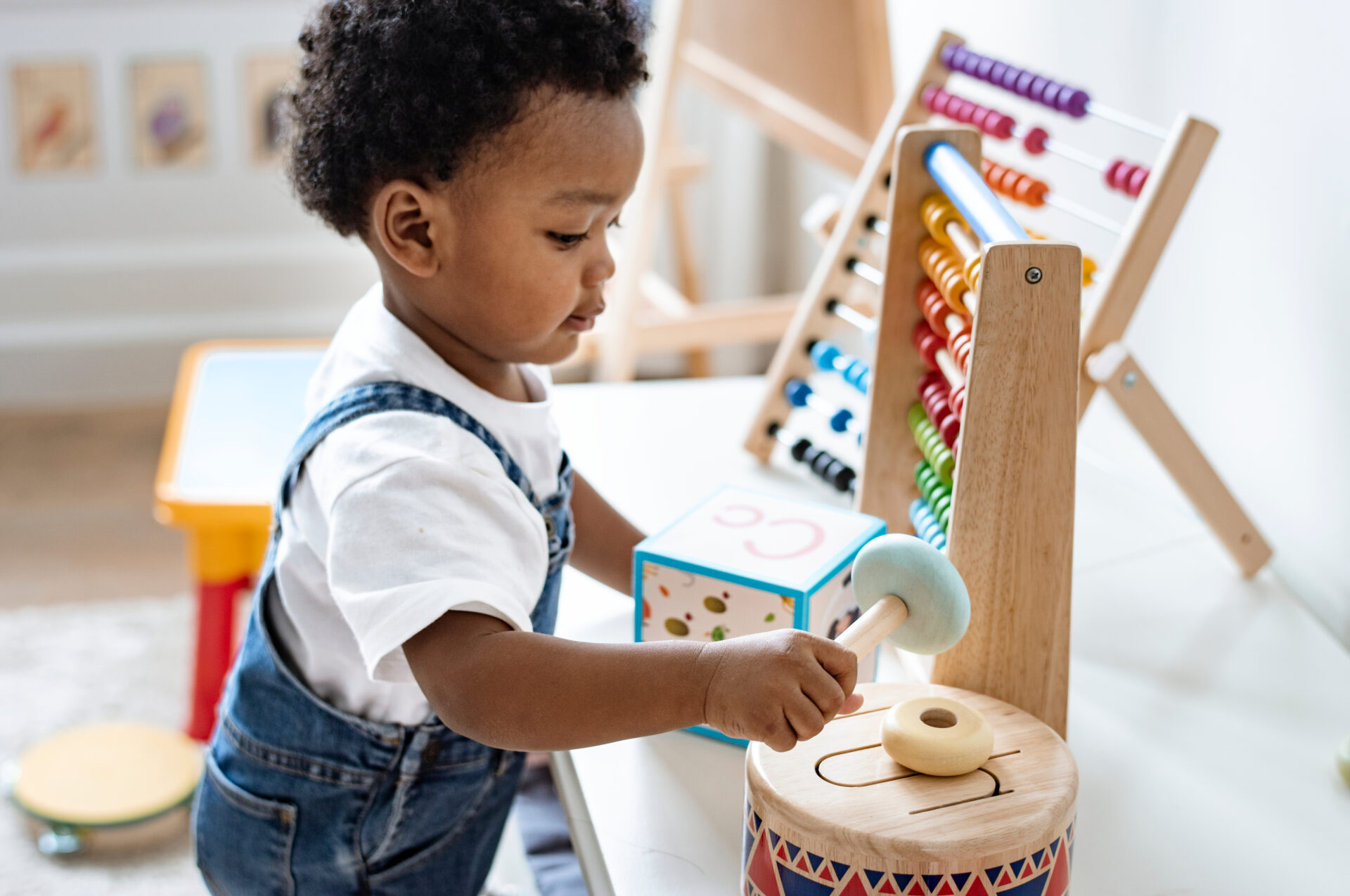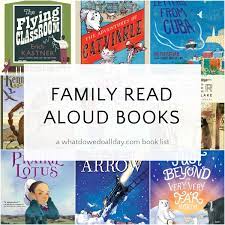Bedtime stories are more than just a nightly ritual, they’re magical moments that stay with children for life.
The soothing sound of a parent’s voice, the rhythm of the words, and the colorful illustrations all create an experience that helps kids relax while building essential skills.
Research shows that reading to children improves language, boosts emotional intelligence, and strengthens critical thinking.
Even a short story before bed can spark imagination, reassure little ones, and build a strong parent-child bond.
In this guide, we’ll explore 15 beloved bedtime stories for kids. Each book includes its ideal age range, the skills it develops, and fun tips to make storytime even more enjoyable.
So, dim the lights, grab a cozy blanket, and let’s dive into these classics.
Bedtime stories to build reading skills ages 3-5
1. Where’s Spot? by Eric Hill
Age: 0–3 years
This interactive lift-the-flap book is perfect for toddlers. Children help search for Spot the puppy, discovering surprises behind each flap.
Its simple text, repetitive structure, and colorful illustrations make it easy for little ones to follow along.
Why it works: Encourages problem-solving, fine motor skills, and early word recognition.
Tip: Use a playful tone when asking, “Where’s Spot?” Let your toddler lift the flaps themselves to boost independence and hand coordination.
2. The Tiger Who Came to Tea by Judith Kerr
Age: 2–5 years
This charming story follows Sophie and her mother as they host a very unexpected guest—a friendly tiger with a big appetite.
Read more: Montessori at Home Activities for 2-Year-Olds | Fun & Easy Ideas
The whimsical plot and illustrations spark imagination while introducing themes of sharing and hospitality.
Why it works: Builds conversation skills and encourages imaginative play.
Tip: Use a deep, rumbling voice for the tiger and pretend to sip tea with your child. This playful role-play enhances the fun.
3. Owl Babies by Martin Waddell
Age: 2–4 years
Three little owls wake up one night to find their mother missing. As they worry and wait, children experience themes of separation anxiety and the reassurance of a parent’s return.
Why it works: Helps toddlers cope with short separations, like daycare or bedtime.
Tip: Use soft, gentle tones when the owl mother returns, mirroring the comfort and security children need.
4. Goodnight Moon by Margaret Wise Brown
Age: 1–4 years
A timeless bedtime classic, Goodnight Moon gently guides children to sleep with its rhythmic text and calming illustrations.
Check out: Debate Topics for Primary Schools in Abuja – 25/26 Guide
The book invites kids to say goodnight to everything in the “great green room,” creating a soothing routine.
Why it works: Encourages mindfulness, observation, and a sense of closure at the end of the day.
Tip: Read slowly, whispering the words as your child gets sleepier. Point out the small details changing in each picture to build focus.
5. The Very Hungry Caterpillar by Eric Carle
Age: 1–3 years
This colorful favorite follows a little caterpillar as he eats his way through different foods before transforming into a butterfly. It teaches counting, days of the week, and early science concepts.
Why it works: Combines storytelling with learning—perfect for curious toddlers.
Tip: Mimic munching sounds as the caterpillar eats, and count the foods together with your child’s fingers.
6. Guess How Much I Love You by Sam McBratney
Age: 2–5 years
This tender story captures the playful competition between Little Nutbrown Hare and Big Nutbrown Hare as they express their love for each other. It’s a sweet way to end the day with reassurance.
Why it works: Strengthens parent-child bonding and helps children express emotions.
See more: Fun Debate Topics for Kids in Nigeria: 25 Exciting Ideas to Spark Young Minds
Tip: Stretch your arms wide, hop around, or copy the actions in the story to make it interactive and engaging.
7. Stick Man by Julia Donaldson
Age: 3–7 years
Stick Man lives happily with his family until one day he’s mistaken for a toy and taken on a wild adventure. Children love the rhyming text, repetitive phrases, and exciting journey.
Why it works: Promotes resilience, problem-solving, and appreciation of family.
Tip: Use lively voices for each character Stick Man meets. Encourage your child to chant along with repeated phrases.
8. Room on the Broom by Julia Donaldson
Age: 3–6 years
A friendly witch and her cat make room for new animal friends on their broom, until things take an unexpected turn. With rhymes, repetition, and fun illustrations, this story celebrates kindness and teamwork.
Why it works: Teaches sharing, cooperation, and bravery.
Tip: Make sound effects for the broom swooshing and the dragon’s roar to capture your child’s imagination.
9. We’re Going on a Bear Hunt by Michael Rosen
Age: 2–6 years
This rhythmic adventure takes a family through grass, rivers, mud, and forests in search of a bear. Its repetitive structure invites children to chant along.
Why it works: Builds memory, sequencing, and rhythm in language.
See now: How to Pass JAMB UTME First Time in Nigeria – 8 Proven Steps for Success
Tip: Act out the story together, march through “grass,” stomp through “mud,” and tiptoe when you reach the cave.
10. The Gruffalo by Julia Donaldson
Age: 3–7 years
One of the most beloved children’s books, The Gruffalo tells the tale of a clever mouse who outsmarts predators with a made-up creature, only to find it’s real.
Why it works: Teaches problem-solving, creativity, and courage.
Tip: Use a squeaky voice for the mouse and a deep, gruff one for the Gruffalo. Pause for your child to finish repeated lines.
11. Brown Bear, Brown Bear, What Do You See? by Bill Martin Jr. & Eric Carle
Age: 1–4 years
This simple, repetitive book introduces colors and animals in a rhythmic pattern toddlers adore.
Why it works: Builds vocabulary, sequencing, and memory through repetition.
Tip: Point to the pictures as you read and ask, “What color is this?” to encourage participation.
12. Each Peach Pear Plum by Janet & Allan Ahlberg
Age: 2–5 years
A fun “I spy” rhyming book that introduces nursery rhyme and fairy-tale characters. Kids love spotting hidden details in the illustrations.
Why it works: Encourages observation and early reading readiness.
Tip: Turn storytime into a game of “find it” by asking your child to point out characters or objects.
13. The Snowy Day by Ezra Jack Keats
Age: 2–6 years
This Caldecott Medal winner follows Peter exploring the joys of a snowy day. Its simple storyline captures the wonder of childhood discovery.
Why it works: Highlights curiosity, seasonal changes, and everyday adventure.
Read also: Debate Topics for Primary Schools in Abuja – 25/26 Guide
Tip: If it’s winter, pair the story with a walk outside in the snow or pretend play with cotton balls indoors.
14. Ten Little Fingers and Ten Little Toes by Mem Fox
Age: 0–3 years
This sweet rhyming story celebrates babies around the world. With repetitive verses, it’s perfect for the youngest listeners.
Why it works: Builds rhythm, rhyme, and global awareness.
Tip: Gently wiggle your child’s toes and fingers as you read to make it interactive and bonding.
15. Love You Forever by Robert Munsch
Age: 3–7 years
This touching tale of a mother’s unconditional love has become a bedtime favorite worldwide. Its repetitive song-like refrain makes it memorable and moving.
Why it works: Helps children understand love, family bonds, and the passage of time.
Tip: Sing the refrain softly as a lullaby to end the night peacefully.
Read on: How to Beat Exam Anxiety for Students – Quick Tips
How to Make Bedtime Stories More Enjoyable
- Set the mood: Dim lights, lower your voice, and snuggle up together.
- Use expressions: Different voices and tones make the story come alive.
- Encourage interaction: Let your child turn pages, lift flaps, or repeat lines.
- Make it routine: Reading at the same time each night signals bedtime.
- Follow their lead: If your child wants the same story over and over, it’s okay—repetition strengthens memory and comfort.
Conclusion
Bedtime stories are more than just entertainment, they are investments in your child’s future.
From building vocabulary to fostering empathy, these tales shape the way children see the world.
By choosing from these 15 beloved bedtime stories, you’re not just helping your child fall asleep, you’re nurturing their imagination, confidence, and love of learning.
So tonight, grab a book, cuddle close, and let the magic of stories light up your child’s dreams.
FAQs on Bedtime Stories to Build Reading Skills Ages 3-5
1. Why are bedtime stories important for kids?
They help children relax, build language, improve emotional intelligence, and strengthen parent-child bonds.
2. What is the best age to start bedtime stories?
You can start reading from birth! Even babies benefit from hearing the rhythm of language.
3. How long should bedtime stories last?
For toddlers, 5–10 minutes is enough. Older kids may enjoy 15–20 minutes.
4. Should I read the same bedtime story every night?
Yes, if your child requests it. Repetition builds memory and comfort.
5. Can bedtime stories replace screen time?
Absolutely. Stories offer richer learning experiences without overstimulating kids like screens do.




